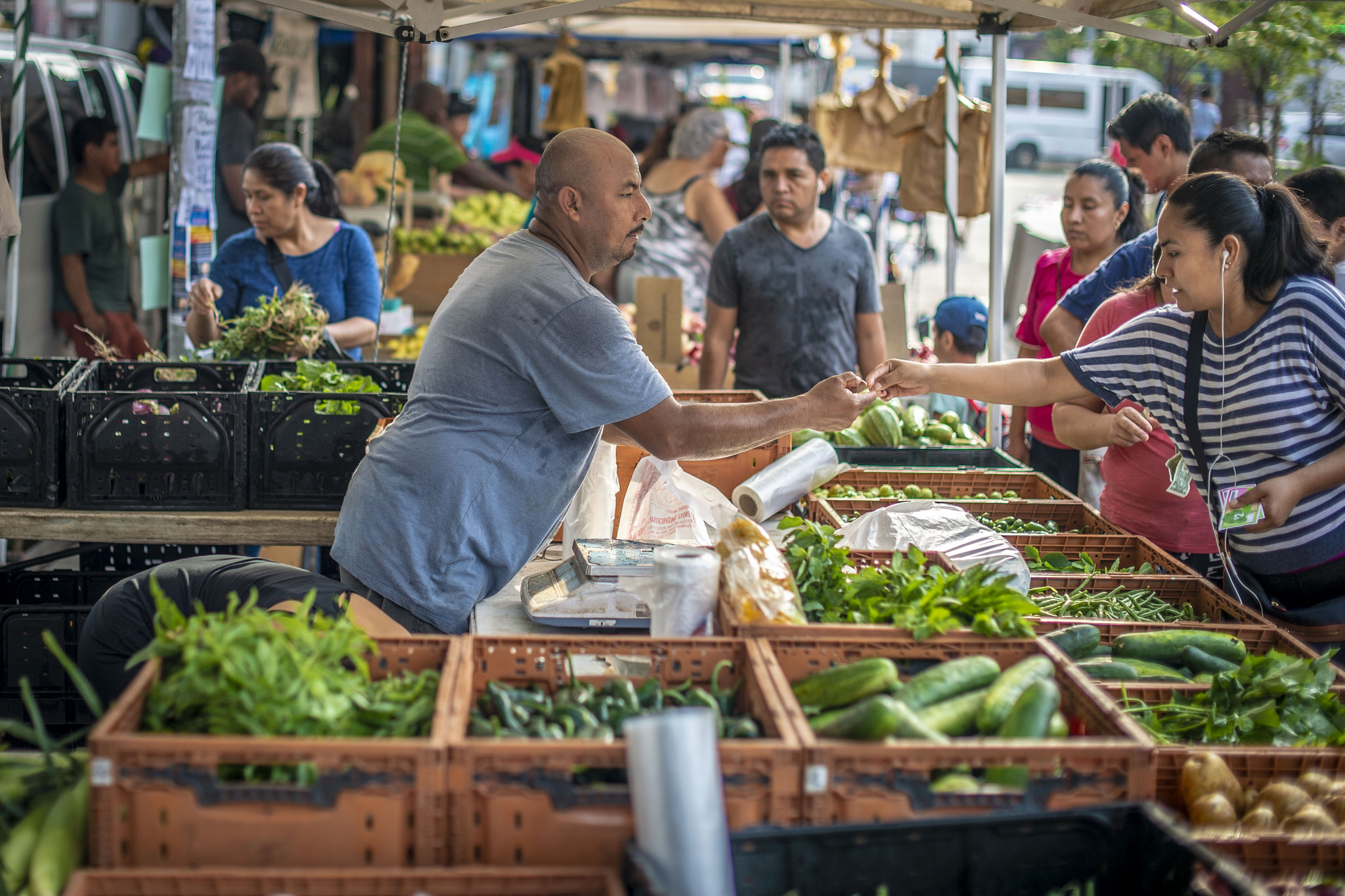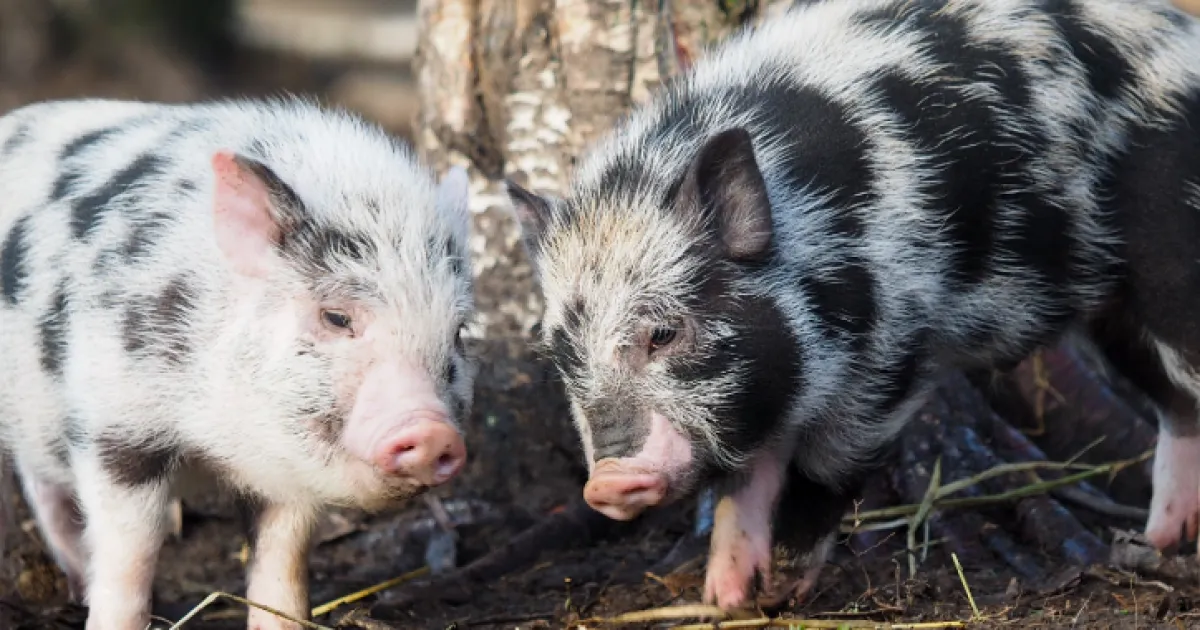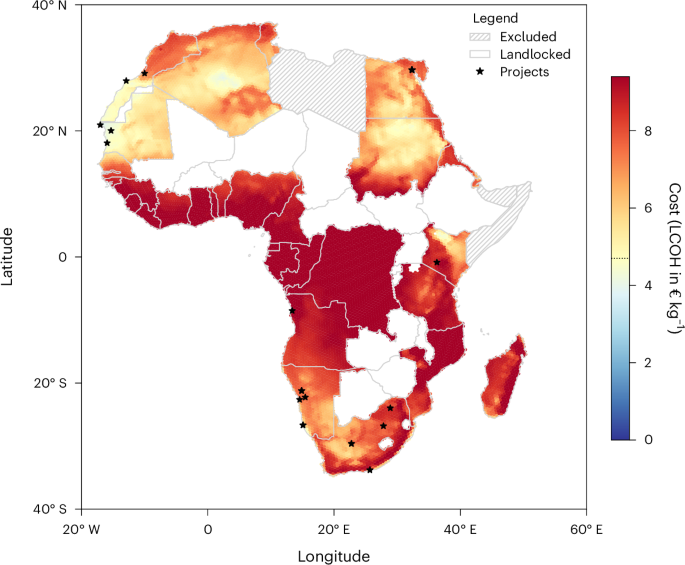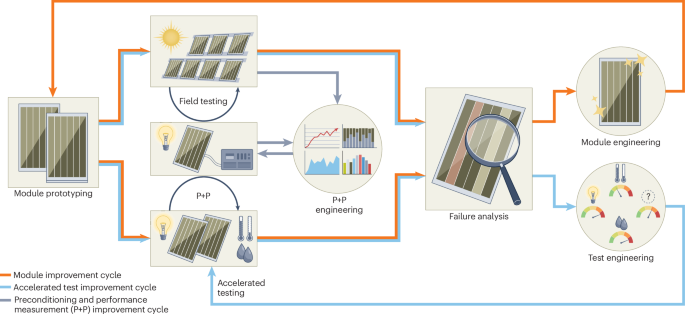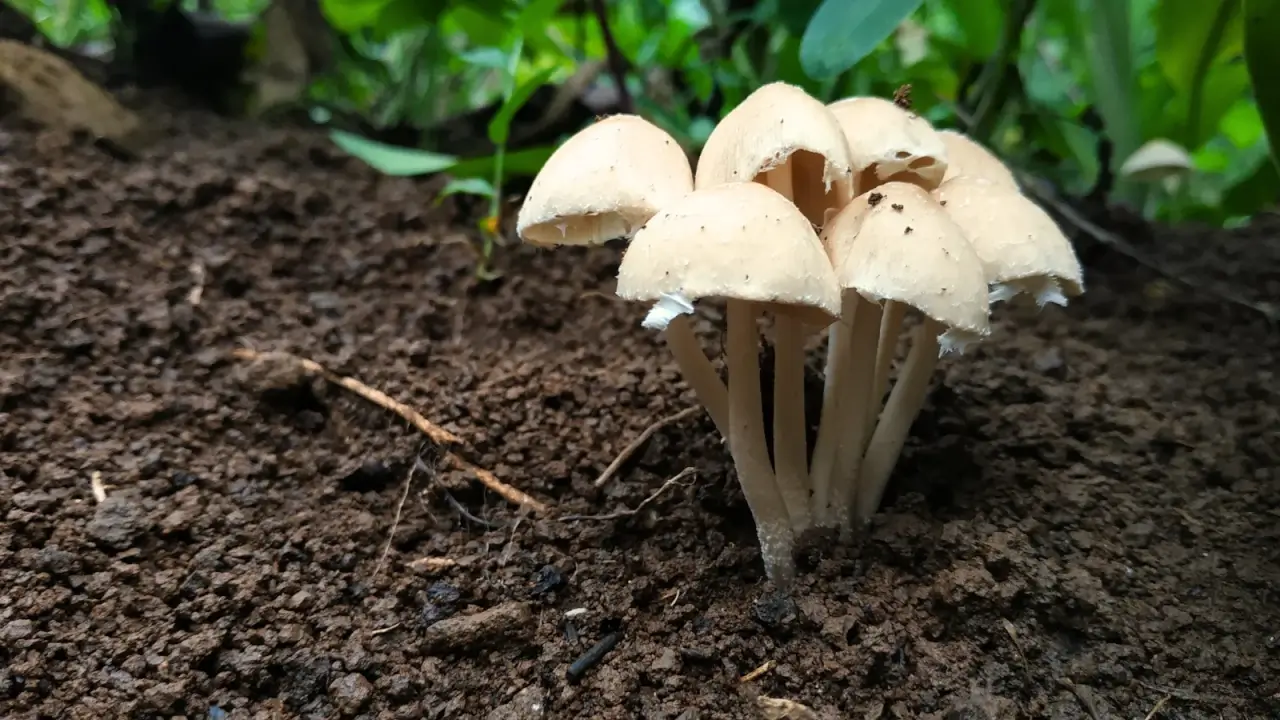7 Time-Tested Intercropping Combos That Will Feed Your Soil
If you’re running into low yields, bare soil, and constant pest attacks in monocropped areas, try intercropping. This tried and true method uses plant combinations to bolster growth and so much more. The post 7 Time-Tested Intercropping Combos That Will Feed Your Soil appeared first on Modern Farmer.

Intercropping is about planting more, but it’s also about farming smarter. By pairing compatible crops, growers reduce inputs, suppress weeds, and most importantly, build healthy, rich soil. For those seeking to improve fertility naturally and sustainably, intercropping offers one of the oldest and most proven ways to do it.
Recent studies confirm that intercropping not only increases biodiversity but also enhances soil structure, nutrient content, and microbial life. A review published in Nature Sustainability in 2021 found that intercropping not only improved yields and soil structure, but intercropped areas were 22% better at doing so over time when compared to monocropped systems.
Why These Combos Work

Intercropping creates a living web of soil-building and nutrient-exchange underground. When legumes fix nitrogen, root systems complement each other, and canopies reduce erosion and evapotranspiration, the result is a dynamic and self-improving soil ecosystem.
One highly touted method for soil improvement comes from the inclusion of legumes. Incorporating these alone can reduce synthetic nitrogen needs by tens of pounds per acre.
And it doesn’t stop at legumes. There are many more combinations that provide other benefits, beyond nitrogen fixation. Having a diverse array of crops in an area ensures you have plants for predator insects, which are an important aspect of viable integrated pest management.
Here are 9 tried-and-true crop pairings that are proven to benefit farms.
Corn + Beans

This combo is a textbook example of mutual benefit. Beans fix atmospheric nitrogen, which tends to escape cultivation. Corn eagerly uses the nitrogen to produce leaves that photosynthesize sunlight for cob development.
The upright corn stalks can also offer support for climbing beans. Bush types don’t need to climb but still provide the nutrient exchange below ground between bean and corn roots. Studies on intercrops of sillage corn and soybeans have also shown promise, especially in cooler climates where growing either crop is difficult due to shorter seasons.
Barley + Field Peas

Barley grows quickly and has shallow roots, while field peas fix nitrogen and penetrate deeper into the soil. Together, they form an efficient duo. Researchers from universities across the world came together to determine what benefit these two plants have when planted together.
They found this pairing promoted better nodulation of barley roots, which promoted higher nitrogen-fixation. They also found higher nitrogen exchange in the soil, as well as better carbon sequestration. The productivity of the land where these two plants were growing was ultimately higher. These benefits were most easily observed just before the barley flowered.
There has also been promising research on the benefit the plants provide to one another in times of drought, though definitive conclusions on that topic require further studies. What all this does say, however, is barley and field peas are good partners, especially when used as a cover crop.
Sorghum + Cowpea

This pairing is the subject of numerous studies in West Africa. In conjunction with farmers in Mali, the UN has conducted several projects to determine whether or not sorghum and cowpeas offer benefits to one another. They found that they not only work well together, but they improve land that has been heavily tilled and grazed over time.
Their findings indicated cowpeas provide good coverage which leads to reduced evapotranspiration. The sorghum has a cooling effect on the beans, while still allowing sun to penetrate the canopy. Cowpeas fix nitrogen in the soil, and due to their differing root structures, neither plant competes for nutrients.
Wheat + Lentils

These two crops work together to improve soil structure and exchanges between plant roots and soil nutrients. Lentils are legumes that assist wheat with nitrogen fixation. They also collaborate in a way that promotes better mycorrhizal activity in the soil.
Lentils, when planted with wheat, increase protein content in the wheat’s germ. If there is a diversity of lentil and wheat planted together (rather than just one type of each) the mycorrhizal benefit is improved. Add to this the above, and the two result in higher yields.
Oats + Hairy Vetch

You’ll find plenty of oats and vetch cover crop seed mixes on the market, and there’s a reason for that. Not only do these two make an awesome green mulch pre-flower, the vetch bolsters the oats in interesting ways.
Studies in China showed greater grain density in areas where vetch and oats were intercropped. This is largely due to vetch’s ability to outcompete weeds and provide ground cover that reduces soil erosion and the need for irrigation. In other studies, vetch supported the oats, preventing lodging.
This combo goes to show that not all relationships are completely mutual, but they can still provide support in surprising ways.
Tomato + Basil

This beneficial relationship comes as no surprise to anyone who’s been growing for more than a year or so. But did you know that intercropping tomatoes with basil could improve tomato yields significantly? It could also improve the flavor of your tomatoes.
The flowers of basil plants attract beneficial insect predators that prey upon some of the tomato’s main pests. For instance, green lacewings are attracted to basil blooms, as well as their larvae. As generalist predators, lacewings control many pest populations. This ensures greater productivity.
Lettuce + Carrots

This is another classic pairing that is easy to include in spring plantings, and in areas where the weather is mild during the growing season. Lettuce is generally heat-sensitive, and carrots tend to grow tall fronds that provide shade for sensitive leaves.
Carrots also benefit lettuce by attracting beneficial insects, like lacewings and lady beetles. Both of these dine on aphids, some of the most damaging lettuce pests.
Carrot roots are deep, and lettuce roots are shallow. The two don’t compete with one another for nutrients, as carrots orient toward root development, and lettuce grows supple leaves.
A Guide to Companion Planting for Your Vegetables
Play matchmaker for your plants.
The post 7 Time-Tested Intercropping Combos That Will Feed Your Soil appeared first on Modern Farmer.






